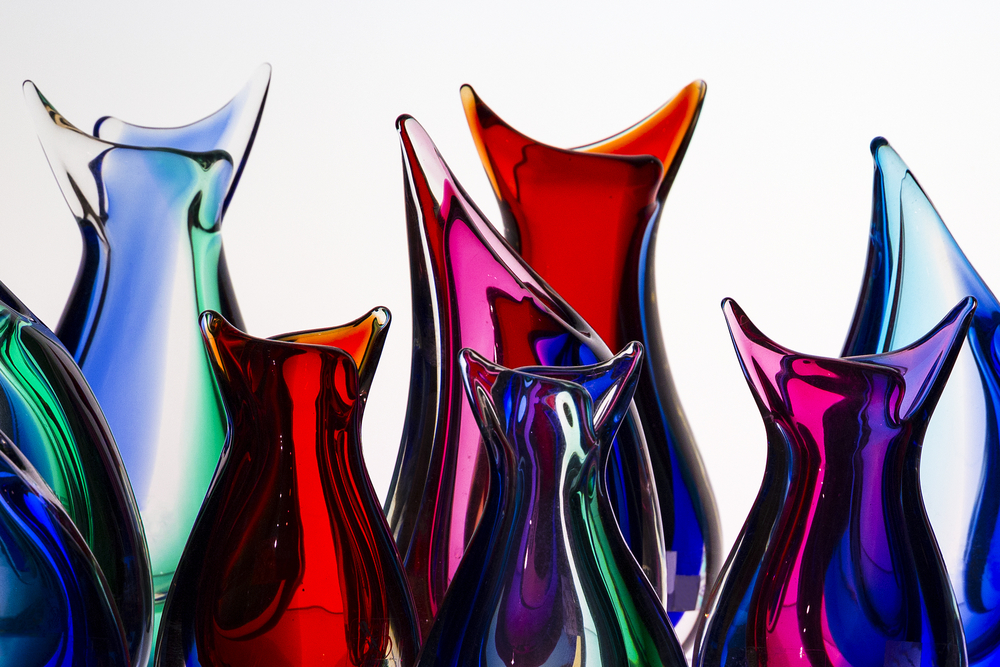Italian Murano glass started production on the island of Murano in Italy over 1,500 years ago, and its unusual beauty has made it the most sought-after glass in the world ever since. But what makes this glass so special? What makes it different from any other type of glass? And why should you care if you’re not an avid collector or art aficionado? In this article, we’ll look at Italian Murano glass, as well as its history and overall importance to the world of art today.
Manufacturing Process
Murano glass is made by a process called lampworking, which involves heating up small amounts of molten glass and shaping it with the help of a metal pipe. This happens in furnaces that are heated to about 2,000 degrees Celsius (3,600 degrees Fahrenheit). The craftsmen then take the shaped glass and dip it into one or more containers containing liquid metal. Then they take it out, polish it off and put their signature on the object.
First created in the 13th century, this technique was perfected over centuries before its use became widespread. One of the reasons for this was because Venetian Republic’s law banned foreigners from owning shops in Venice due to a series of conflicts with other nations like Genoa and France.
Fusing Process
One of the most common ways of creating glass art is by fusing small pieces together. Fusing is a process where two or more pieces of glass are heated until they are soft enough to be pressed together and shaped by hand. This process can take time, patience, and practice but the results are worth it!
Stamping Process
In the first step of the process, molten glass is ladled into a mould and then blown with a blowpipe. The worker blows air through the blowpipe into one end of the mould, then presses it against an opening on the other end. The air pressure creates a strong suction that forces the hot glass down into the mould.
Next, two hollow metal rods are inserted through holes in both sides of the bottom part of each mould.
Colouring Process
Murano glass is a type of blown glass that is made in the Venetian Island of Murano. The process starts with an initial gather of molten glass on a blow pipe, which is then manipulated by the blower into various shapes. The shape and size can be manipulated by using different tools, and it’s at this point that the colours are introduced. Colours are added during the shaping process, either from chemicals or through heat exposure.
Today’s market
Italian Murano glass is one of the most coveted types of glass in the world and has been for hundreds of years. This type of glass is made using a technique called kiln-glass. The Venetian Island of Murano is home to the most well-known manufacturers of this type of glass, who maintain strict controls over its production. There are very few workshops still active on the island today that produce this type of quality craftsmanship.
The reason behind this rise in popularity can be traced back as far as when it was first discovered how dangerous blown glass could be.

